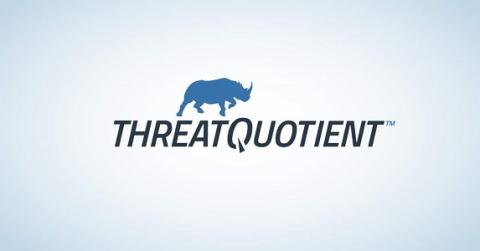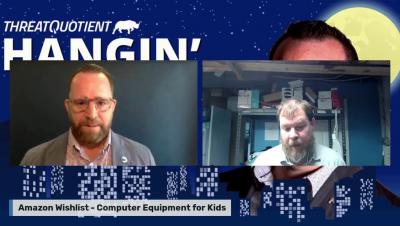Threat Intelligence Management - the Foundational Use Case for a TIP
I previously talked about how to get started with a threat intelligence program, which is the cornerstone to any security operation. Such a program enables security teams to gain a deeper understanding of adversaries and their tactics, techniques and procedures (TTPs), in order to determine what is relevant to the organization and how to mitigate risk.











